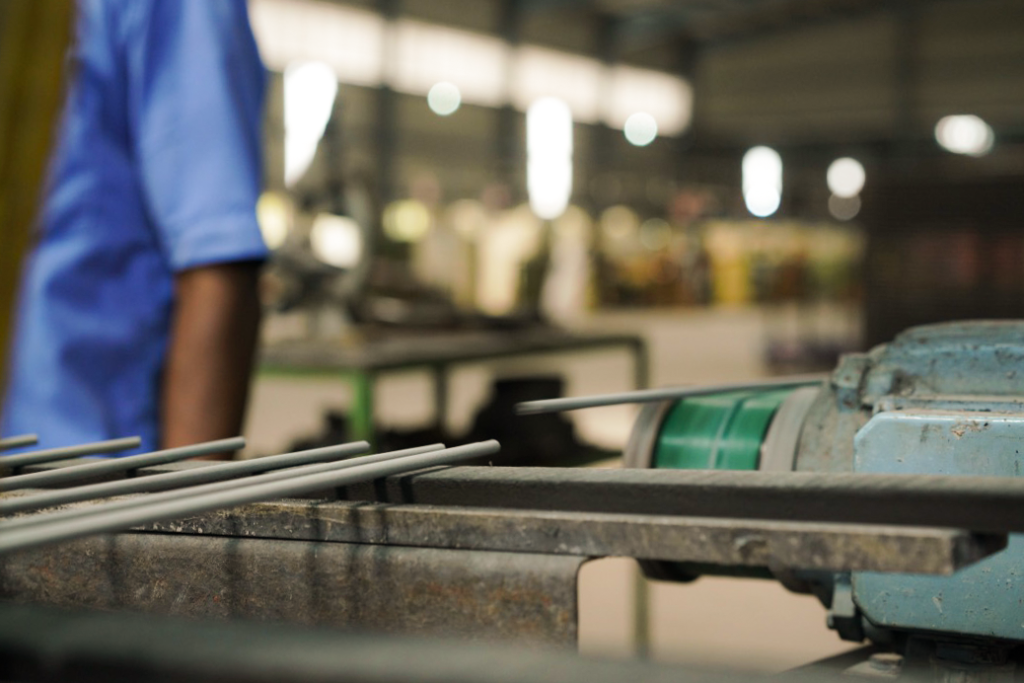This article will provide the necessary information required to calculate welding rods.
Introduction
Welding is a critical process in many industries, and the welding rod requirement is essential in determining how many welds can be made per hour.
There are many different factors to consider when calculating the welding rod requirement, such as the type of weld being made, the thickness of the material being welded, and the number of joints being made.

How to calculate welding rod requirements?
Welding rod requirements depend on the material being welded and the welding process used. The most common welding processes are:
Arc Welder: This welder uses an arc of electricity to join metal pieces. To calculate the required welding rod, start by calculating the amperage needed for the welding process.
Then multiply that amperage by the diameter of the wire you are using.
Gas-Tungsten Arc Welder (GTAW): GTAW uses a higher amperage than an arc welder, so you will need more welding rods to fill the tank.
Start by calculating the wattage required for your welding machine and then multiplying that by the number of rods in your tank.
MIG Welder: MIG welders use a flux stick to hold the electrode against the workpiece. To calculate rod requirements, start with how many amps you will use and divide it by two.
That is how many mA you will need per square foot of electrode area.
Number of electrodes = (Welding Length (meters) * Welding Current (Amps)) / Electrode Efficiency (kg/hr)
Say goodbye to inaccurate welding rod calculations and improve your efficiency – Try our method now!

How many welding rods do I need?
- To calculate how many welding rods you will need for a project, start by estimating the length of the weld and the thickness of the metal being welded.
- Next, divide the weld length by the thickness of the metal to get a rod weight per inch (or mm).
- For example, if you are welding a piece of steel that is 1-1/4″ long and 1/8″ thick, you would require 4-1/2 rods per inch (or mm) to complete the weld.
How to choose the right welding rod for the job?
Welding rods come in various shapes and sizes, so it can be hard to know which suits the job. To help you choose the right welding rod, follow these tips:
- Measure the size of the weld you want to make.
- Look at the welding rod’s size chart to see how large it will be when heated up.
- Choose a welding rod that is big enough to cover the area you want to weld but not too big that it will heat up too quickly and cause a Weld Burn.
- Consider how often you plan on using the welding rod and decide if a lighter or heavier rod is better for your needs.
- Always use a welding safety helmet when welding.

I am the manufacturer of a welding rod. How can I calculate the number of welding rods I will need?
To calculate the number of welding rods you need, start by determining the material’s weight percent and welding temperatures.
The welding rod requirement is then determined by multiplying the weight percent of welding material with the average heat output from a welder’s arc.
Conclusion
To calculate the welding rod requirement, start by estimating the length of the weld and the thickness of the metal being welded. Next, divide the weld length by the thickness of the metal to get a rod weight per inch (or mm).
For example, if you are welding a piece of steel that is 1-1/4″ long and 1/8″ thick, you would require 4-1/2 rods per inch (or mm) to complete the weld.
